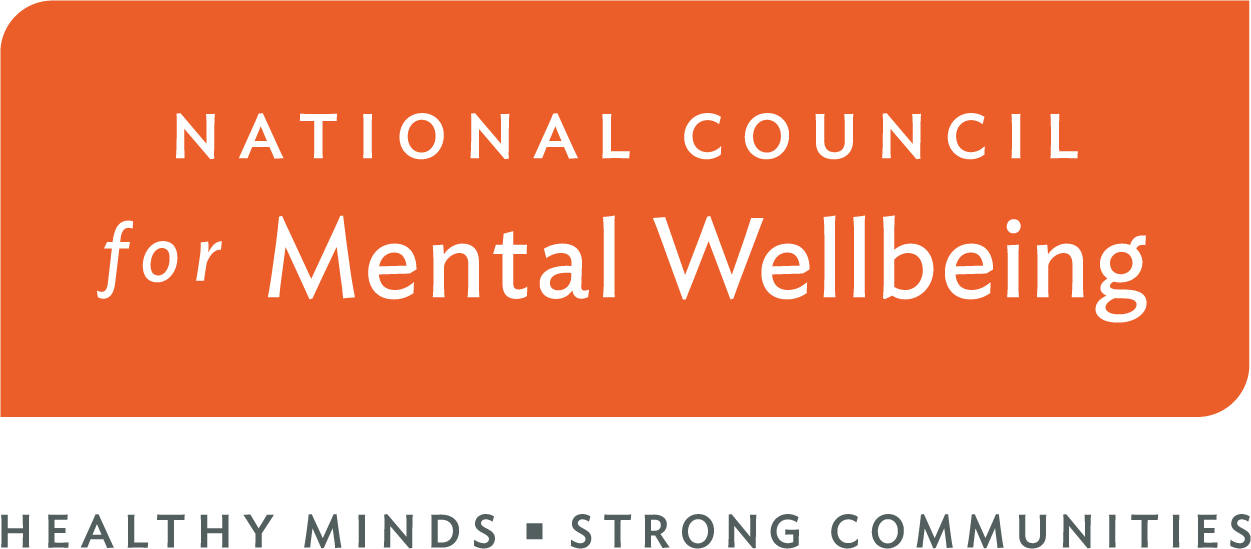America continues to struggle with a public health crisis that remains overshadowed.
Overdose deaths increased last year in all but three states, a fact obscured by the
COVID-19 pandemic.
Provisional data from the Centers for Disease Control and Prevention (CDC) shows 83,544 people died from an overdose in the 12-month period ending July 2020, a 22.8 percent increase in overdose deaths compared to the previous year.
To address the nation’s overdose crisis the CDC has initiated a new program, administered by the National Council for Mental Wellbeing, to promote harm reduction strategies through a series of 16 grants to organizations across the country with harm reduction initiatives.
“The decision by the CDC to partner with us to support organizations and their harm reduction efforts sends a strong signal that harm reduction is an effective, practical strategy to prevent overdoses and overdose deaths,” National Council for Mental Wellbeing President and CEO Chuck Ingoglia said. “These grants provide more resources for communities to address the
overdose crisis.”
Harm reduction strategies – a wide range of approaches including syringe service programs (SSPs), distribution of naloxone to reverse overdoses and drug checking equipment to ensure drugs aren’t laced with fentanyl – have slowly and steadily gained attention as effective, practical approaches to address the nation’s overdose epidemic.
“Harm reduction programs can save lives,” Dr. Nora Volkow, director of the National Institute on Drug Abuse at the National Institutes of Health, told the National Council. “As drug overdose deaths increase, it becomes increasingly important to offer lifesaving solutions in communities to mitigate the harm of drug use and bring resources to those most vulnerable, who might not have access to help or treatment otherwise.”
The CDC has funded other harm reduction efforts and acknowledges harm reduction strategies as legitimate initiatives to address overdoses and overdose deaths. This new grant program is the first of its kind administered by the National Council.
Harm reduction advocates are applauding the program because the pandemic has caused a spike in overdoses and overdose deaths.
The social isolation and economic impact caused by COVID-19 played a significant role in the increase of overdoses and overdose deaths, according to public health officials. The widespread availability of drugs, an increasing volume of tainted drugs and the changing nature of drug use also played a role in increasing overdoses and overdose deaths.
Fentanyl, a potent synthetic opioid, is a primary culprit behind the nation’s overdose crisis, but several classes of substances also have played a role, including a broad range of depressants like alcohol and stimulants like cocaine and methamphetamines. Polysubstance use – when more than one substance is involved – also has contributed to overdose deaths because of more potent and adulterated illicit drugs.
Broader adoption of harm reduction strategies can help communities respond to overdoses while also providing evidence of the value harm reduction facilities provide, harm reduction
advocates say.
“The pandemic has proven how essential our work is but also how challenging the work can be without adequate financial support and political will to prioritize these life-saving programs,” said Sheila Vakharia, deputy director, department of research and academic engagement, at the Drug Policy Alliance, which supports drug policy reform.
There has been progress during the pandemic in efforts to promote the efficacy of harm reduction initiatives, Vakharia said. The American Medical Association in July urged states to remove barriers SSPs face to reduce overdose deaths and the spread of infectious diseases, and the organization cited Maine’s syringe exchange program as an example for other states to follow.
But harm reduction organizations continue to face obstacles, Vakharia said, including the lack
of funding.
The CDC grants administered by the National Council will offer assistance by funding key harm reduction initiatives.
More importantly, the Biden administration included $30 million to fund harm reduction in the latest relief bill, the American Rescue Plan.
While new funding will help harm reduction advocates provide treatment and services to people who use drugs, those organizations still face cultural and political hurdles that may take longer
to overcome.
“The search for more strategies to address our nation’s crippling overdose crisis led the CDC to partner with us on this new grant program that we’re so proud to administer,” said former National Council Senior Advisor Tom Hill, who now works for the Biden administration in the White House Office of National Drug Control Policy. “Harm reduction has been around for decades, but acceptance of harm reduction strategies remains painfully slow. The grants and the important work of the organizations receiving these grants will help demonstrate the value of harm reduction and the urgent need to adopt these strategies.”
- Read the National Council press release here about the grant program, Preventing Overdose & Increasing Access to Harm Reduction Services during the COVID-19 Pandemic.
- Read about the 16 harm reduction organizations receiving a grant through this program here.
- Read our environmental scan about the impact of the COVID-19 pandemic on harm reduction services here.
Editor’s note: This project is supported by the Centers for Disease Control and Prevention (CDC) of the U.S. Department of Health and Human Services (HHS) as part of a financial assistance award totaling $750,000 with 100% funded by CDC/HHS. The contents are those of the author(s) and do not necessarily represent the official views of, nor an endorsement, by CDC/HHS or the U.S. Government.
Guest Author
Senior Writer
National Council for Mental Wellbeing
